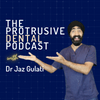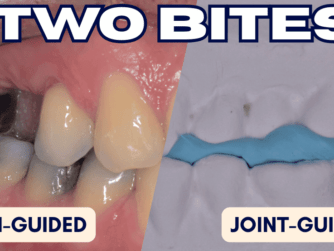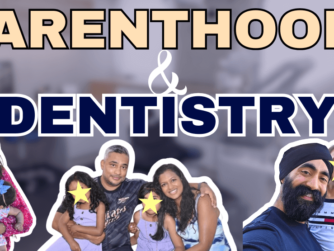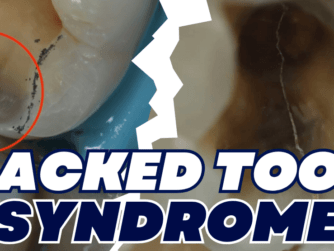Podcast: Play in new window | Download (Duration: 49:04 — 69.8MB)
Subscribe: RSS
Sorry about the delay fellow dental geeks – I have been enjoying fatherhood, revising and sitting my Ortho Diploma exams, and then was part of the epic experience that was Dentinal Tubules Congress 2019!
Now I am ready to edit more episodes =)
In Episode 12 I am joined by Ivan, aka The Implant Ninja!
In this episode we discuss:
- Checking occlusion of your implants
- Implant protected occlusion
- Grey area of implant occlusion – at what point do you shift the load and share it with implants?
- Canines that are restored with implants – do we still aim for canine guidance?
- Do we need balanced occlusion in full arches?
- What do you tell your patients about implant longevity?
- Work/Life balance
- How to identify red flag patients (absolute GEM!)
- Having a system for your practice to produce content for social media
As promised in the episode, the link for early, early bird registration for Tubules Congress 2020: https://www.dentinaltubules.com/congress-early-bird
Implant Ninja’s Instagram to learn about his books and courses: Implant Ninja








[…] this Back to Basics series of episodes! If you liked this episode, you will also enjoy Basic Implant Occlusion and Work Life Balance – PDP012 with Implant […]